Estonia features limestone formations, medieval ruins, waterfalls, and protected natural areas. Notable sites include the 36-meter Kõpu Lighthouse from 1531, the submerged Rummu Quarry, and multiple manor houses from the 19th century. Natural attractions include the Kaali meteorite craters, red sandstone formations at Taevaskoda, and various wetland ecosystems. Historic structures range from Orthodox cathedrals to water mills and maritime museums.
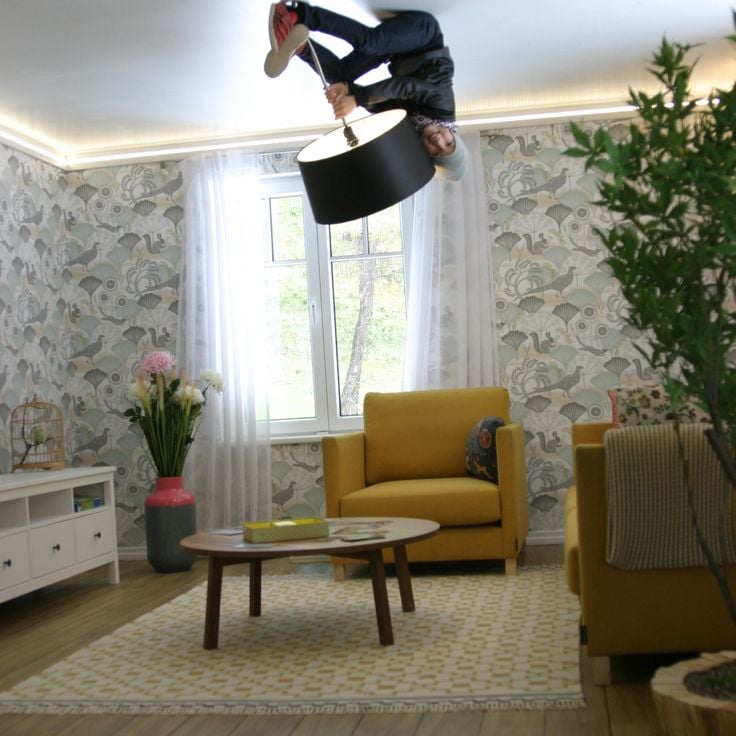
Tartu, Estonia
Tagurpidi MajaThe house was constructed upside down with the roof touching the ground. All interior elements, including furniture and appliances, are mounted on the ceiling facing downward.
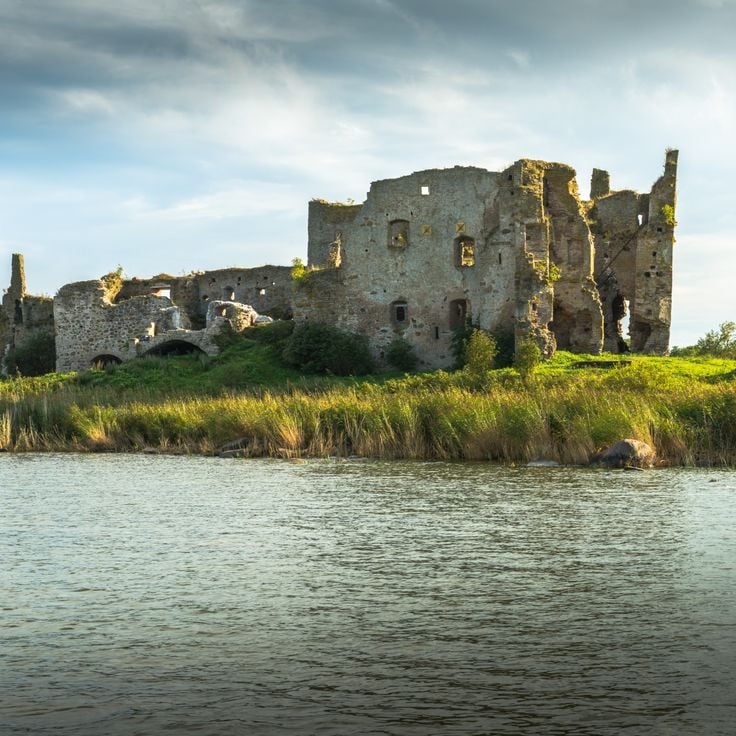
Lääne-Viru County, Estonia
Toolse Castle RuinsThe fortress dates from 1471 and stands on a limestone cliff near the Baltic Sea. Parts of the exterior walls and foundation remain visible.
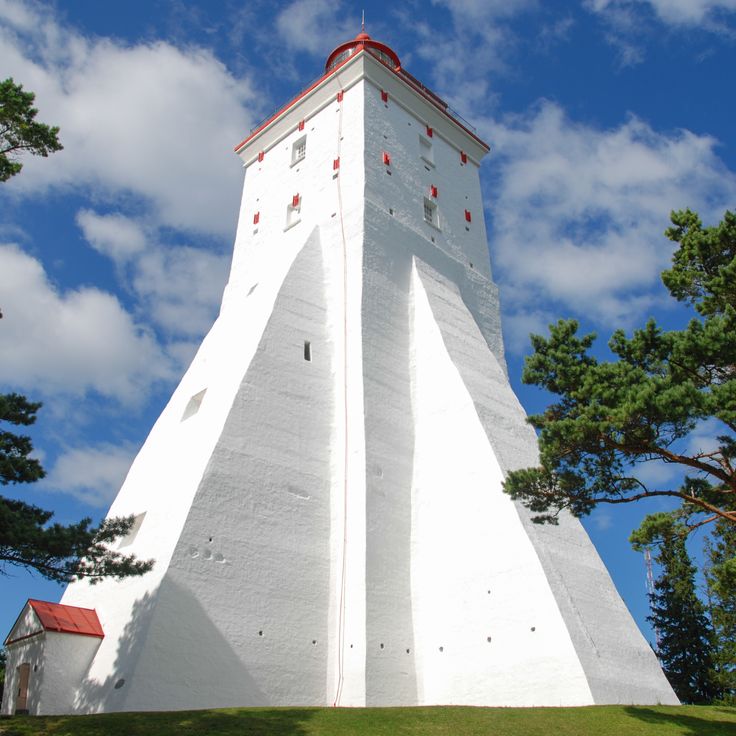
Hiiumaa, Estonia
Kõpu LighthouseThe stone lighthouse was built in 1531 and reaches 36 meters in height. The structure functions with limestone walls and contains an internal staircase.
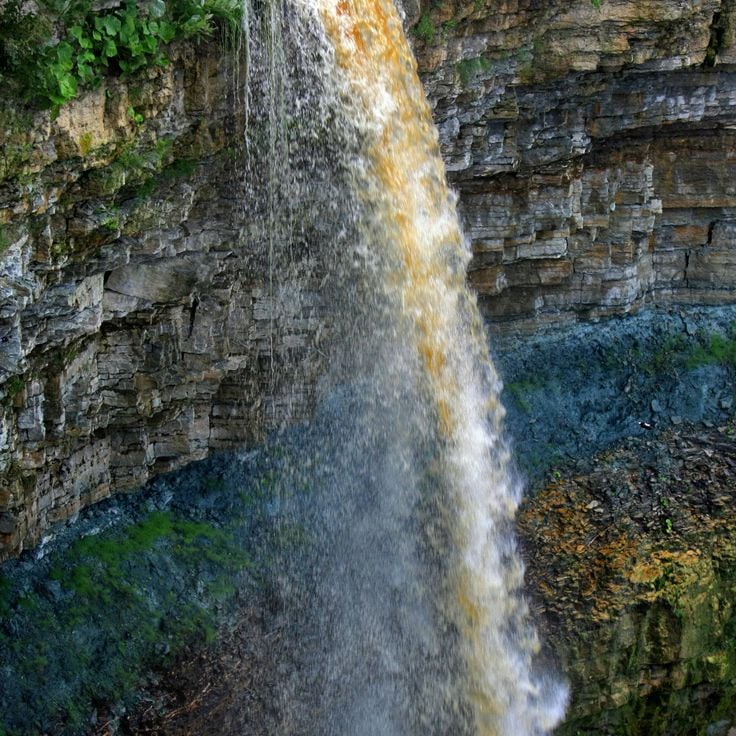
Ida-Viru County, Estonia
Valaste WaterfallWater falls 30 meters from the limestone cliff edge. Visitors use a metal observation deck to view the cascade throughout different seasons.

Harju County, Estonia
Prison Lake at RummuFormer limestone extraction site with flooded Soviet prison remains. The water covers concrete walls, guard towers and industrial structures to depths of 10 meters.
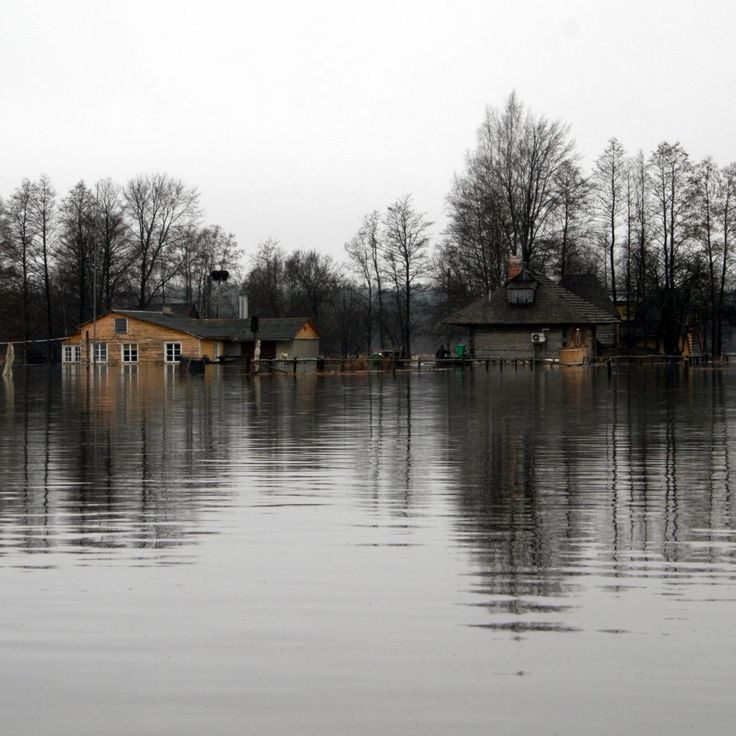
Pärnu County, Estonia
Soomaa Flood PlainsProtected wetland area with seasonal water levels rising up to 5 meters. The floods transform forest paths into water channels from March to April.

Viljandi, Estonia
Viljandi Lake BridgePedestrian bridge spanning 50 meters across a valley near medieval castle remains. The structure stands 15 meters above the water surface of Lake Viljandi.
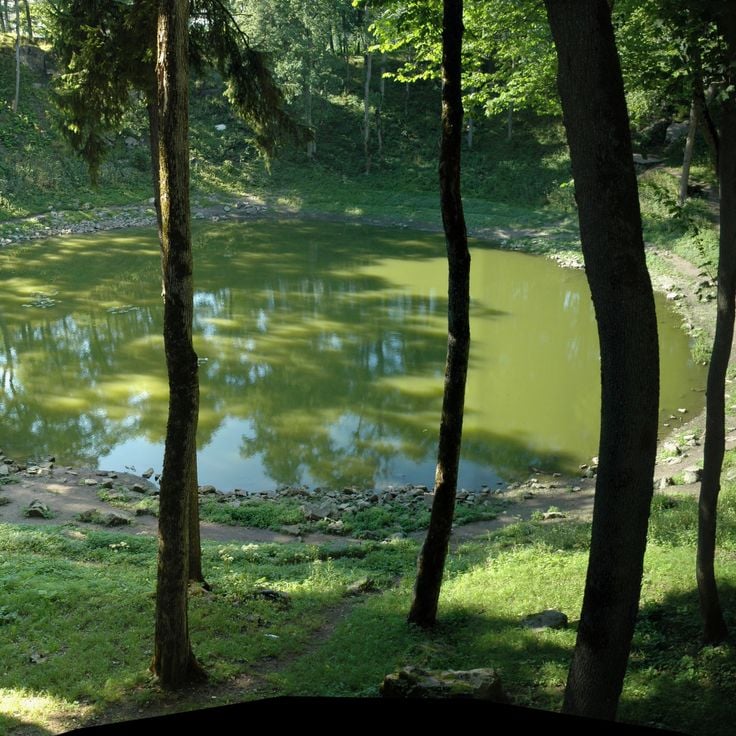
Saare County, Estonia
Kaali Impact SiteGroup of meteorite impact craters dating from the Bronze Age. The central depression contains a water-filled basin 22 meters deep surrounded by a rim 16 meters high.
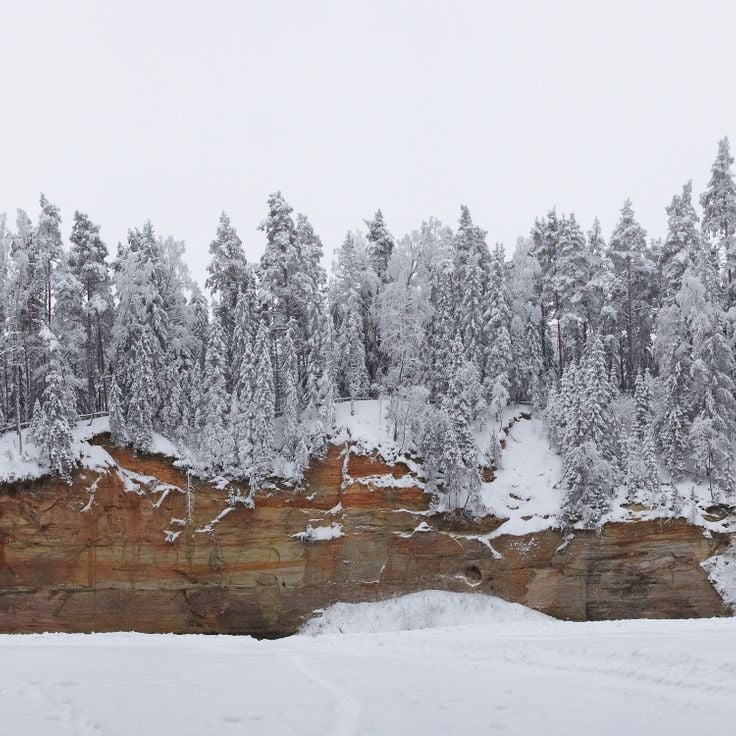
Põlva County, Estonia
TaevaskodaThe sandstone cliffs along the Ahja River reach 20 meters in height. Local mythology and traditional Estonian stories reference these geological formations.
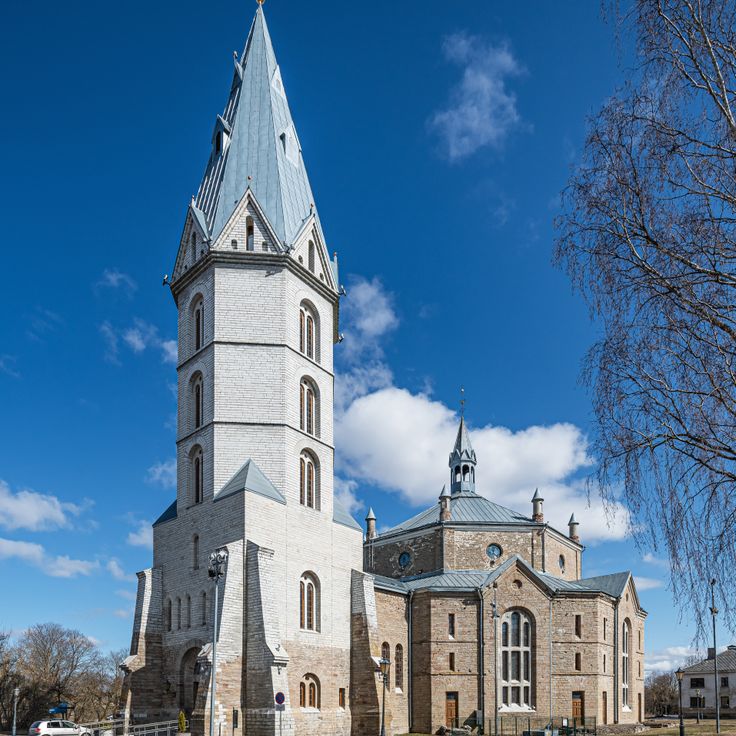
Narva, Estonia
Narva Alexander's CathedralThe Orthodox building contains five onion domes and a bell tower. The 19th century interior displays religious art with painted walls and decorative icons.
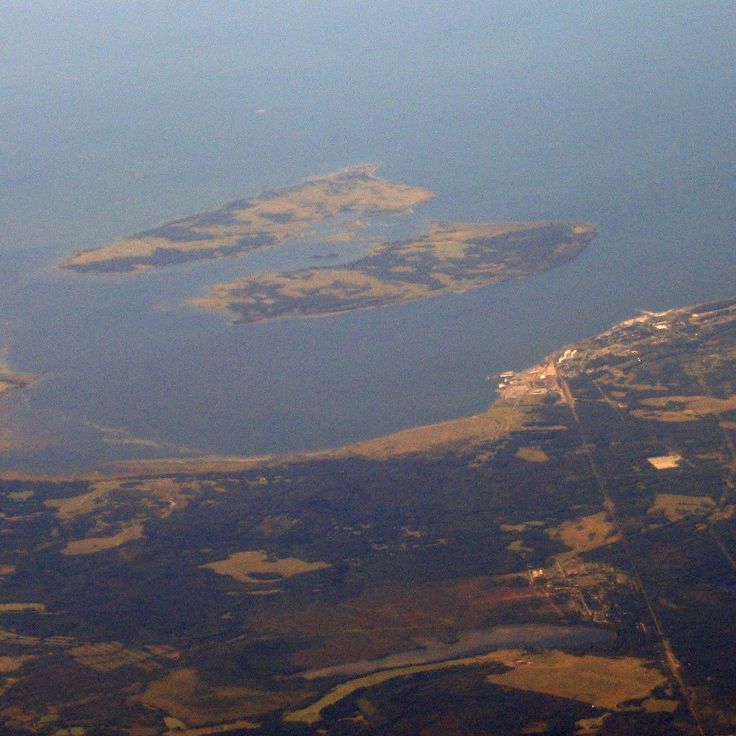
Harju County, Estonia
Pakri IslandsTwo maritime beacons from the 1800s stand on these vacant Baltic islands. The limestone shoreline provides nesting grounds for sea birds.
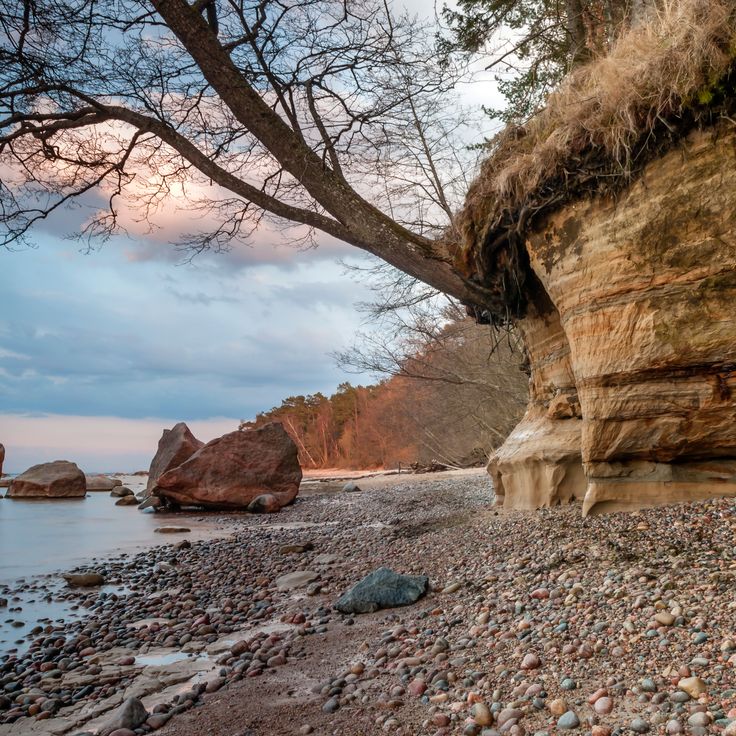
Harju County, Estonia
Muraste Nature ReserveWalking paths cross the Baltic coastal reserve with its limestone platforms. Observation points provide views over the Finnish Gulf waters.
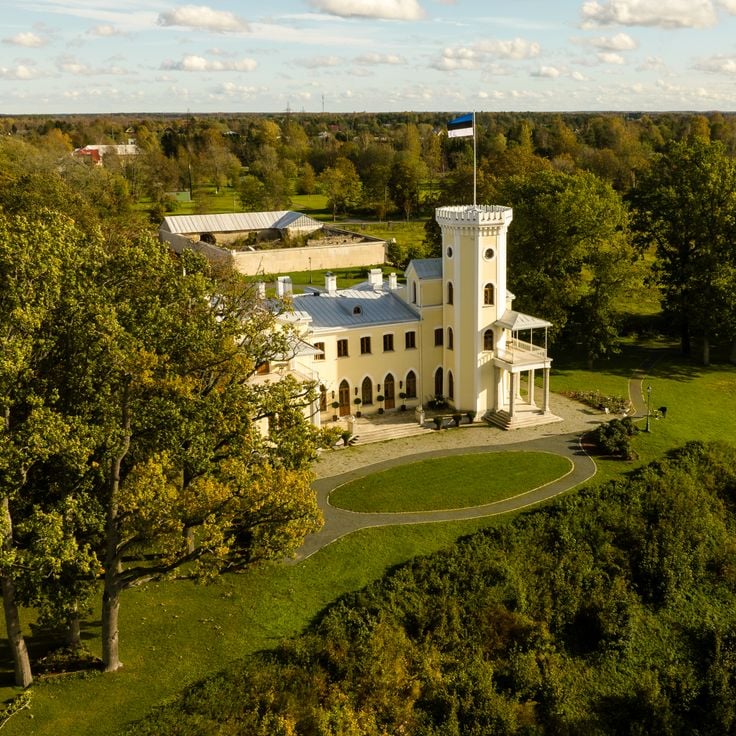
Harju County, Estonia
Keila-Joa ManorGerman aristocratic house built in 1833 combines classical elements with a riverside location. The estate includes a park, limestone buildings and views of the Keila waterfall.
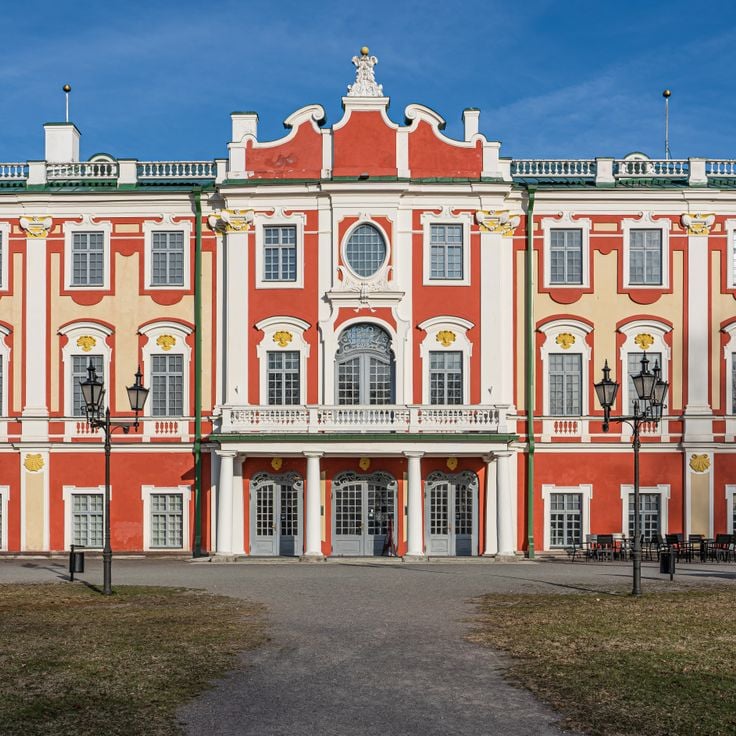
Tallinn, Estonia
Kadriorg Art MuseumPeter the Great ordered this baroque palace construction in 1718. The building houses foreign art collections from the 16th to 20th centuries.
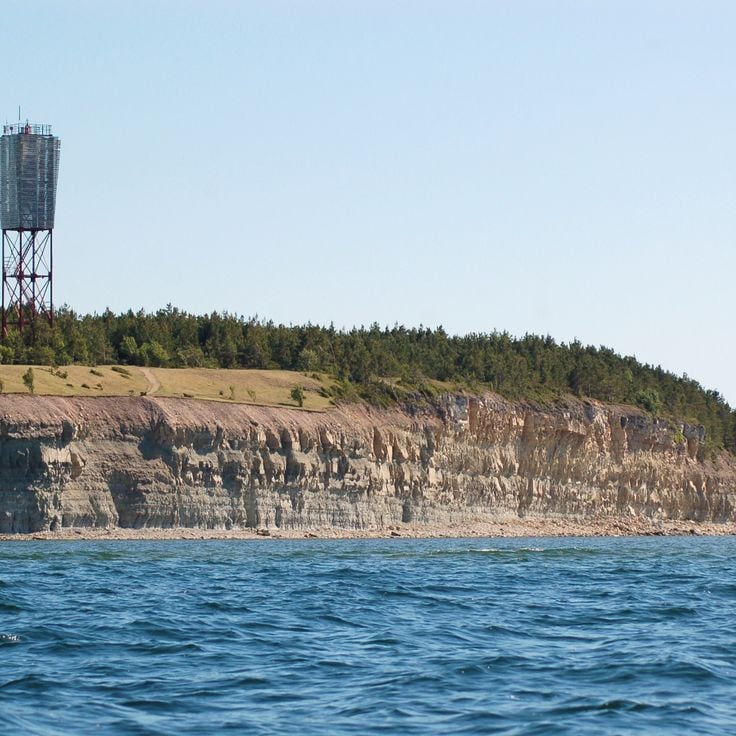
Saare County, Estonia
Panga CliffThe northern coast of Saaremaa features this 21-meter limestone wall. The exposed rock layers display fossils and sediments from the Silurian period.
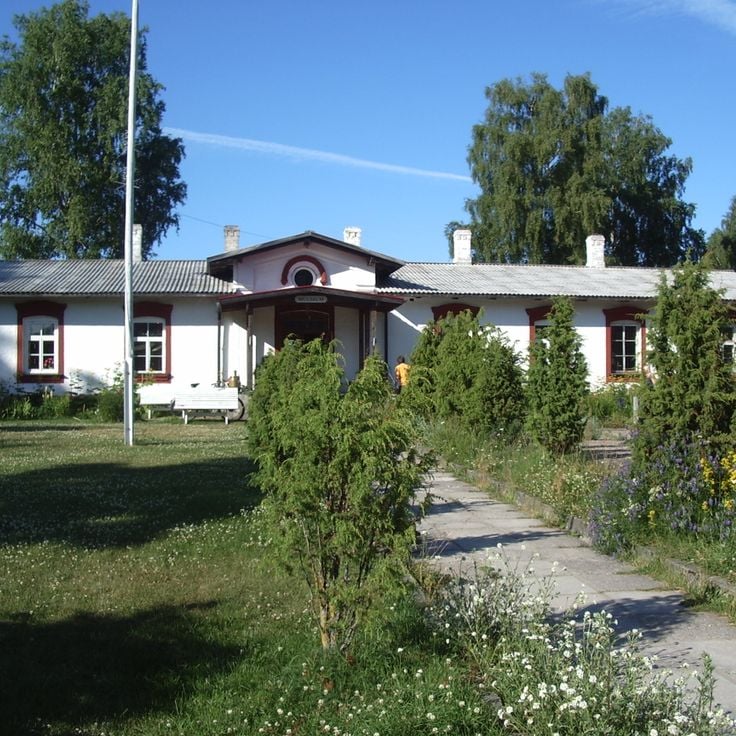
Lääne-Viru County, Estonia
Käsmu Maritime MuseumLocated in a former border guard station, this museum exhibits navigation tools and documents from the local seafaring school that operated until 1931.
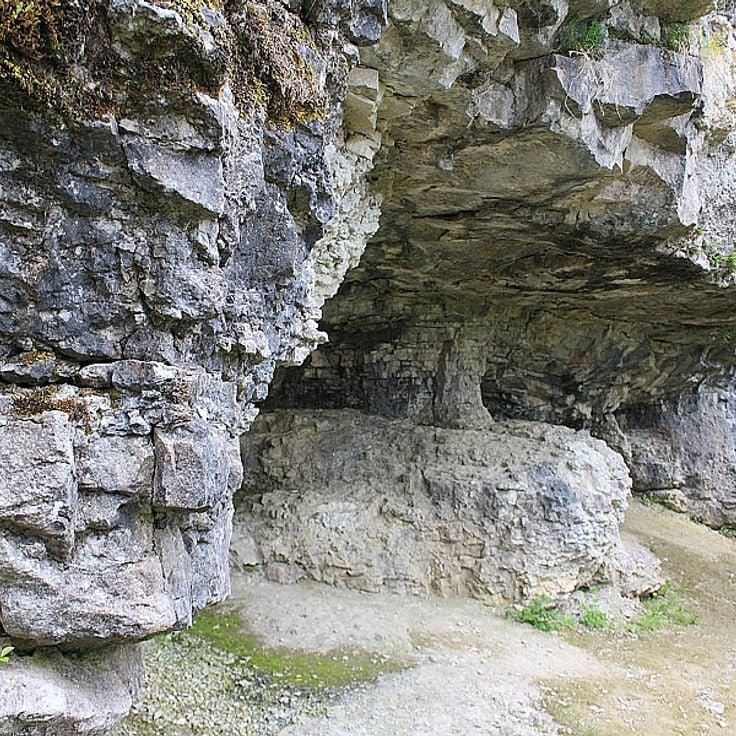
Muhu Island, Estonia
Üügu BluffThe exposed limestone wall extends 20 meters high on the Baltic Sea shore. Natural erosion created several caves within the rock formation, revealing distinct geological periods.

Jõgeva County, Estonia
Laiuse CastleThe medieval fortress from the 1300s stands on an elevated position. The stone structure retains its base elements and sections of its defensive walls.
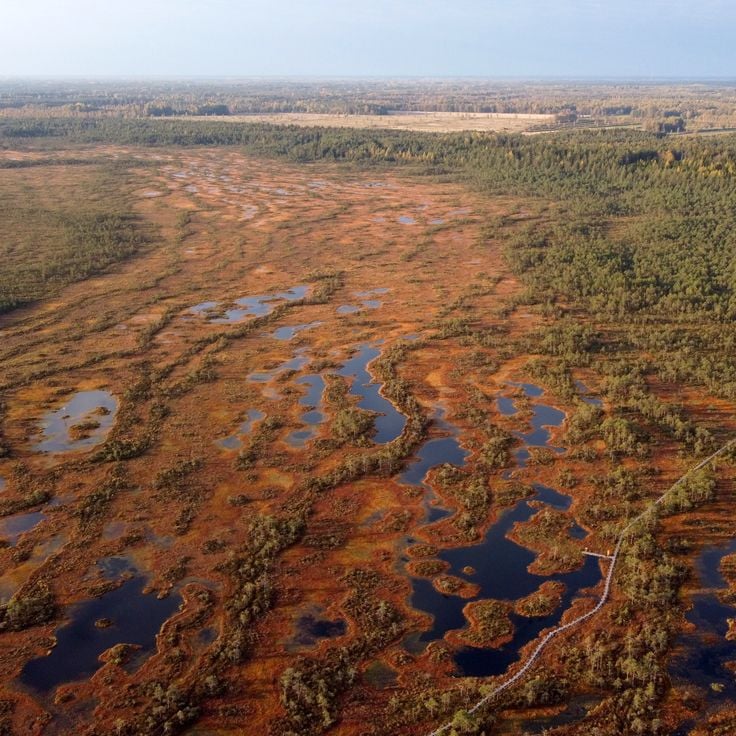
Järva County, Estonia
Kakerdaja BogThe peat land spans across 3 kilometers with elevated wooden paths crossing small lakes. Many migratory birds nest in this northern environment with its specialized flora.
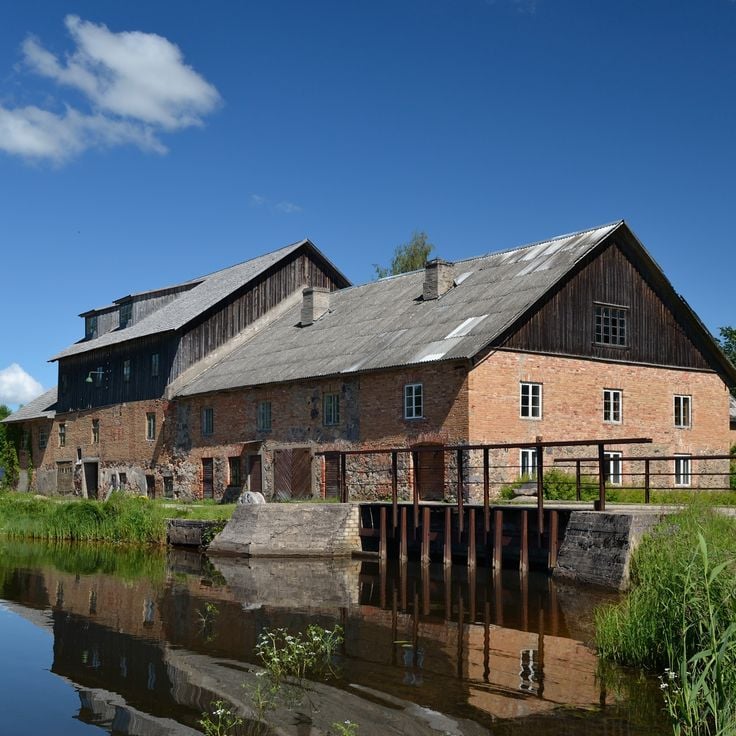
Valga County, Estonia
Hellenurme MillThe functional water-powered grain mill dates from 1880. The site maintains its period equipment and displays traditional flour production techniques.

Tartu, Estonia
Tartu Toy MuseumThe collection spans multiple centuries with Estonian and international toys. Exhibits include dolls, miniature vehicles, board games and automated toys.

Saare County, Estonia
Harilaid PeninsulaThe coastal landscape includes sand formations, pine tree forests and grassy meadows. A white lighthouse marks the northern tip of this bird nesting area.

Võru, Estonia
St. Matthias' Church in VõruThe 1866 stone structure displays gothic architectural elements with pointed arches and spires. Inside, wooden benches face an altar beneath colored glass windows.

Ida-Viru County, Estonia
Saka ManorThis estate sits on limestone cliffs 50 meters above the Baltic Sea. The property contains ornamental gardens and forest paths across its grounds.
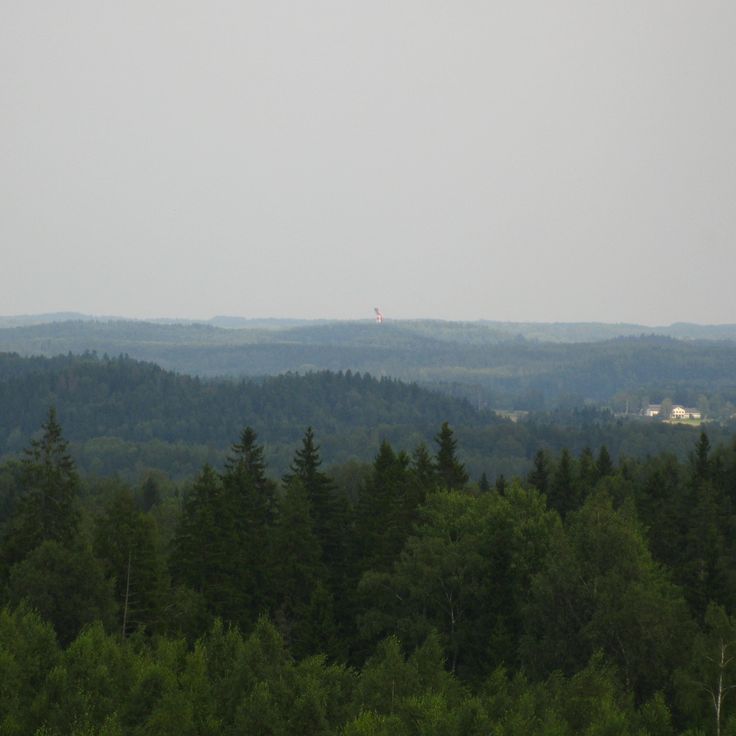
Valga County, Estonia
Otepää Nature ReserveThe 224 square kilometer reserve contains forests, lakes and hills. Visitors can walk marked trails, practice winter sports and spot local animals.

Harju County, Estonia
Tuhala Water SpringThe limestone spring floods during strong rains when underground pressure pushes water through the karst formation creating a natural fountain effect.
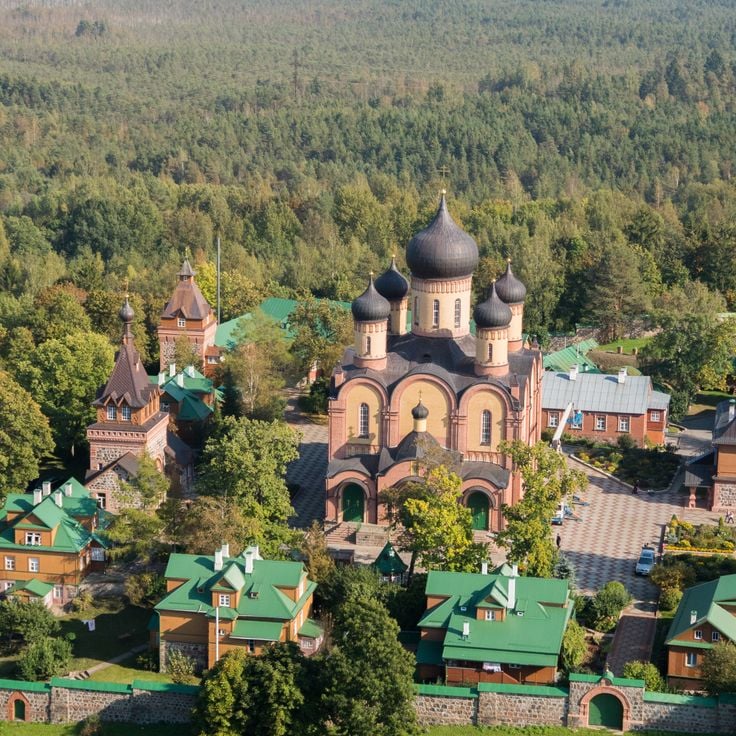
Ida-Viru County, Estonia
Pühtitsa Orthodox MonasteryFounded in 1891, the Russian Orthodox complex includes five churches with distinctive domes. A group of nuns maintains religious practices here.

Lääne-Viru County, Estonia
Kohala EstateThe 19th century neo-gothic building has stone walls and farm structures. The surrounding park contains uncommon tree varieties and ornamental plants.
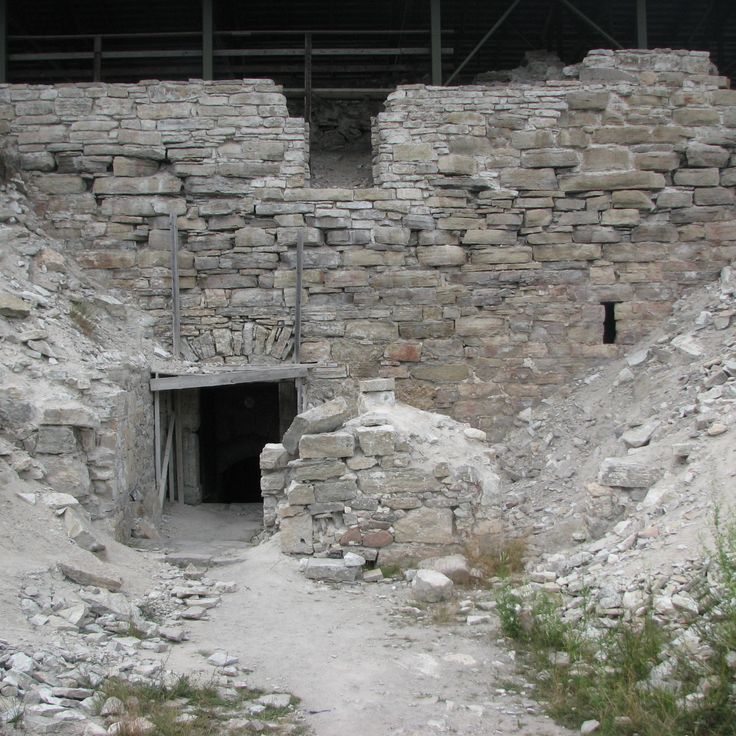
Saare County, Estonia
Maasilinn CastleMedieval fortress built in the 14th century features original stone walls and foundation ruins located 100 meters from the Baltic Sea.
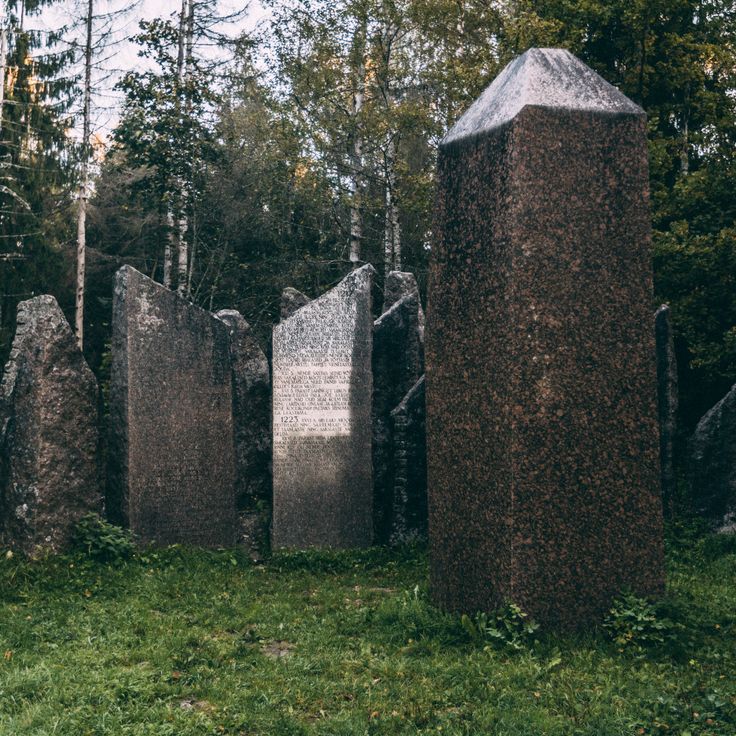
Viljandi County, Estonia
Lõhavere FortMilitary settlement from the 12th century constructed on a 25-meter hill containing remains of wooden structures and metal artifacts.

Tartu County, Estonia
Alatskivi ManorEstate constructed in 1885 in neo-Gothic architecture with limestone walls, containing historical furniture and regional cultural exhibitions.
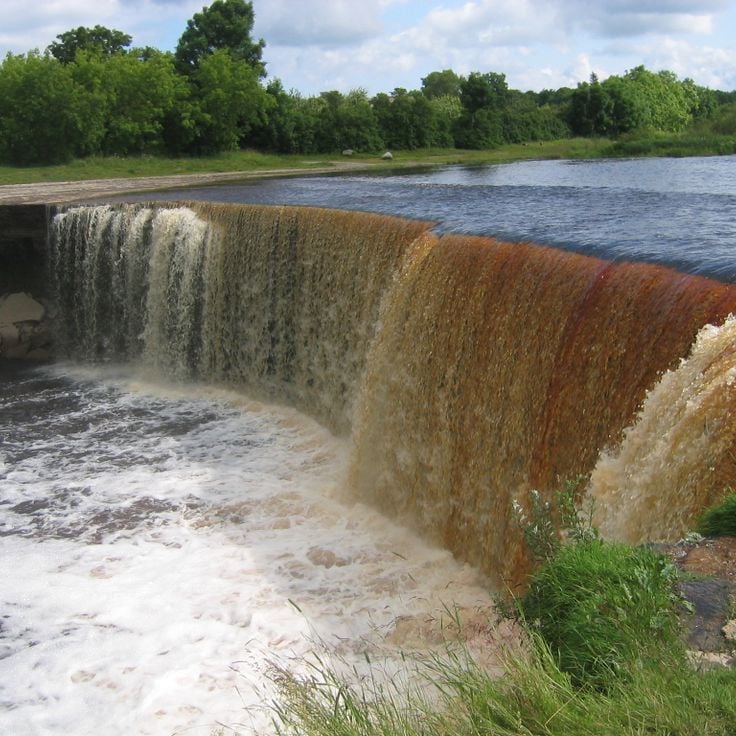
Harju County, Estonia
Jägala FallsNatural limestone waterfall measuring 8 meters in height and 50 meters in width, freezing into solid ice formations during winter.